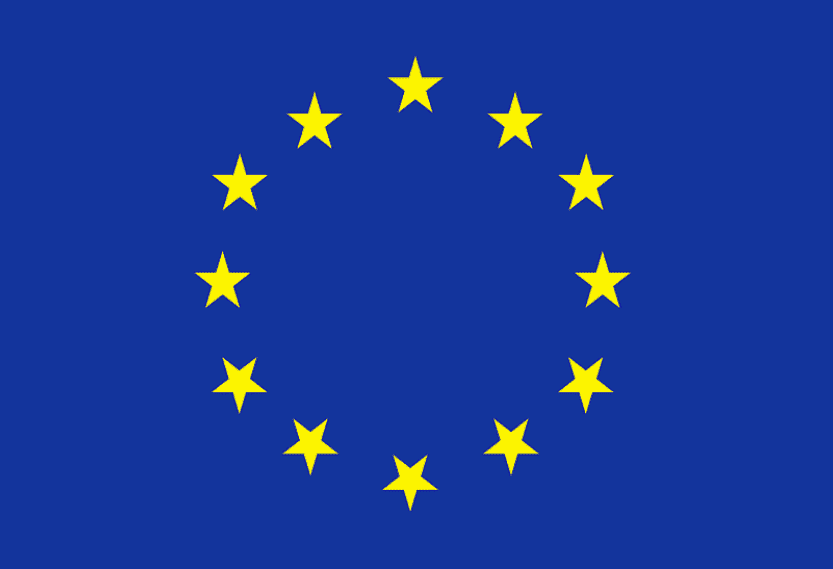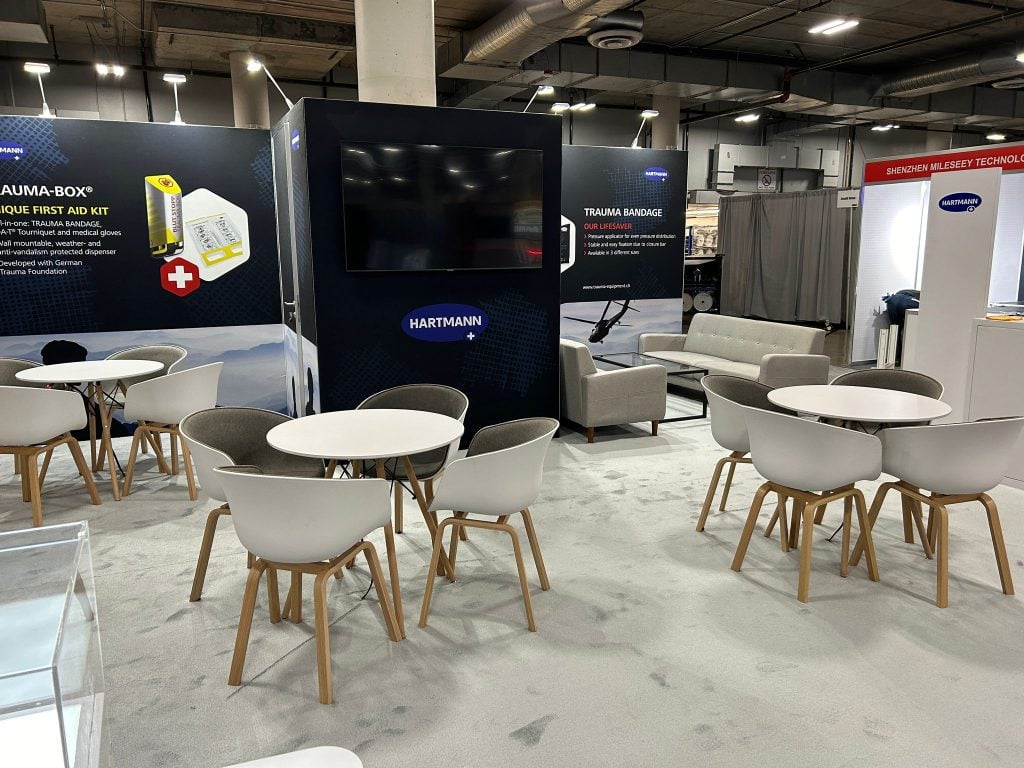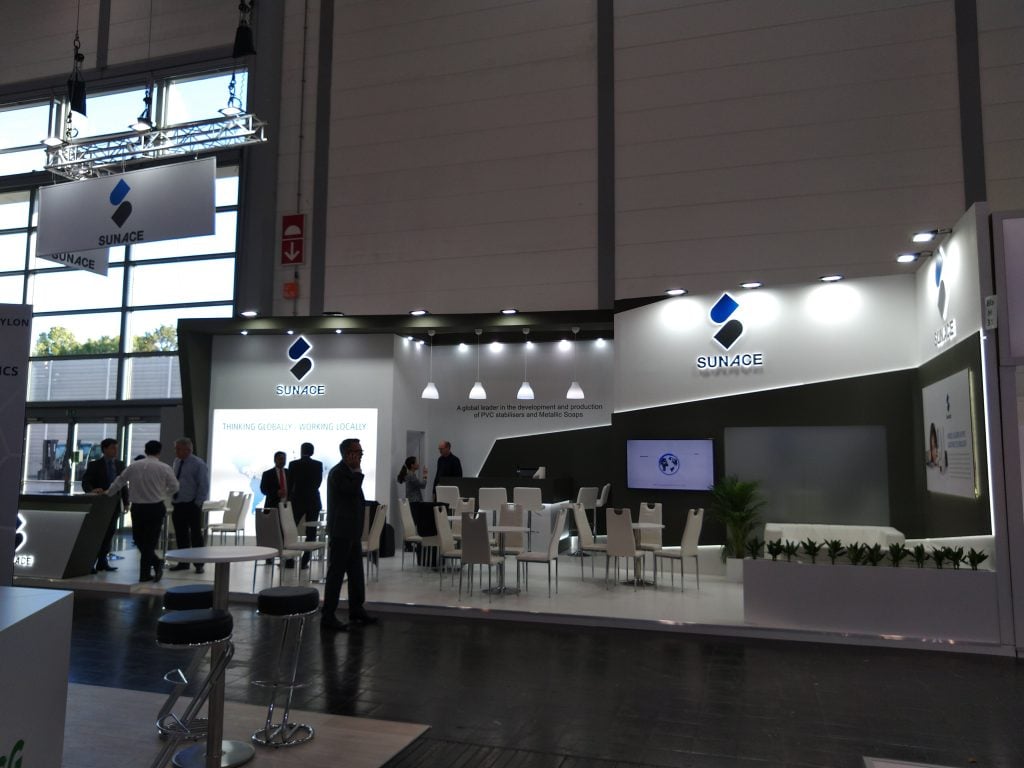
Introduction:
In the dynamic landscape of B2B marketing, it’s paramount for companies to adopt innovative strategies that captivate their audience and drive meaningful engagement. Experiential marketing has emerged as a powerful tool for achieving these objectives, offering B2B companies a platform to create immersive brand experiences that resonate with their target audience.
This comprehensive guide aims to provide actionable insights into the world of experiential marketing, exploring how B2B companies can leverage immersive stands, turnkey booths, and custom exhibition design to craft unforgettable brand experiences that leave a lasting impact.
1. Setting Clear Goals for Experiential Marketing Campaigns:
The foundation of any successful experiential marketing campaign lies in establishing clear and measurable objectives. B2B companies must define their goals upfront, whether it’s driving lead generation, enhancing brand awareness, or fostering customer loyalty.
By articulating these objectives, companies can tailor their experiential marketing strategies to align with their overarching business goals, ensuring maximum impact and ROI.
2. Understanding Your Audience:
A deep understanding of the target audience is paramount in crafting experiential marketing campaigns that resonate with potential prospects and customers. B2B companies must delve into the demographics, psychographics, and pain points of their audience to develop compelling brand experiences.
Immersive stands provide a unique opportunity to engage with attendees on a personal level, creating memorable interactions that forge authentic connections and drive brand loyalty.
3. Leveraging Technology for Enhanced Experiences:
Technology serves as a catalyst for elevating experiential marketing initiatives to new heights. From interactive displays and augmented reality experiences to immersive VR simulations, integrating cutting-edge technology can captivate audiences and drive engagement.
Turnkey booths equipped with state-of-the-art tech solutions streamline the execution process, enabling companies to deliver seamless and immersive brand experiences that leave a lasting impression on attendees.
4. Embracing Custom Exhibition Design:
Custom exhibition design plays a pivotal role in shaping the overall aesthetic and atmosphere of experiential marketing campaigns. Tailored to reflect the brand’s identity and messaging, bespoke booth designs create a visually stunning environment that draws attendees in.
By infusing creativity and innovation into every aspect of the design, B2B companies can create a unique and memorable experience that sets them apart from the competition and reinforces their brand positioning in the minds of attendees.
5. Integrating Social Media Networks:
In today’s digital age, social media platforms serve as powerful amplifiers for experiential marketing campaigns, allowing companies to extend their reach and engage with audiences beyond the confines of physical events. B2B companies can leverage social media networks to generate buzz around their brand, drive event attendance, and foster ongoing engagement with attendees. By integrating social media seamlessly into their experiential marketing strategy, companies can create a cohesive omnichannel brand experience that resonates with their target audience across all touchpoints.
Conclusion:
Experiential marketing presents B2B companies with a myriad of opportunities to connect with their audience on a deeper level and drive meaningful business outcomes. By setting clear goals, understanding their audience, leveraging technology, embracing custom exhibition design, and integrating social media networks, companies can create immersive brand experiences that leave a lasting impression and drive tangible results.
With a strategic approach and a commitment to delivering value-driven experiences, B2B companies can unlock the full potential of experiential marketing to elevate their brand presence and drive business growth in today’s competitive marketplace.


 US
US
 EU
EU


